BACHELOR of DESIGN
DEGREE
Our unique, forward-thinking degree moves design beyond being an applied art to also being an applied social science. In this program, you learn to work collaboratively, think critically and consider how design influences the way people interact with the world.
The degree includes core requirements, breadth requirements and program options. Pathways allow you to focus your studies on a particular area, or you can develop your own pathway by selecting various program options that suit your interests.
What do you study in our design degree?
Core requirements
In the program, you complete required courses that develop general design skills such as critical thinking, research, ideation, problem-solving, visualization, craft, technical proficiency, client communication, prototyping, testing and refinement. Core courses are tailored to the qualities of 21st-century designers, demonstrating a major shift in the focus of design from the beauty of everyday things to a broader interest in the psychology of everyday things.
MacEwan's Bachelor of Design offers:
- An innovative human-centred design curriculum
- A well-rounded degree with more than 45 design-specific courses
- Industry-leading faculty
- A new, state-of-the-art facility
- The largest digital experience design (DXD) program on the prairies
Options and electives
Outside of the core requirements, you complete options and electives with the aim of extending your knowledge beyond the area of design. You take elective courses in social sciences (such as psychology, sociology and anthropology) and business, and then you have the freedom to choose remaining electives from disciplines throughout the university such as studio arts, communication studies and computing science.
Pathways or major
When you select specific option courses, generally starting in the second year of the Bachelor of Design, you form a pathway that focuses on one or more design disciplines that interest you. You do not need to “declare” a pathway, and you can customize it to suit your own needs.
If you want to formally specialize in a particular area, declaring a major offers you priority access to courses and official recognition on your degree parchment. Typically, you declare your major in the second year of your studies.
You can choose from the following pathways and major:
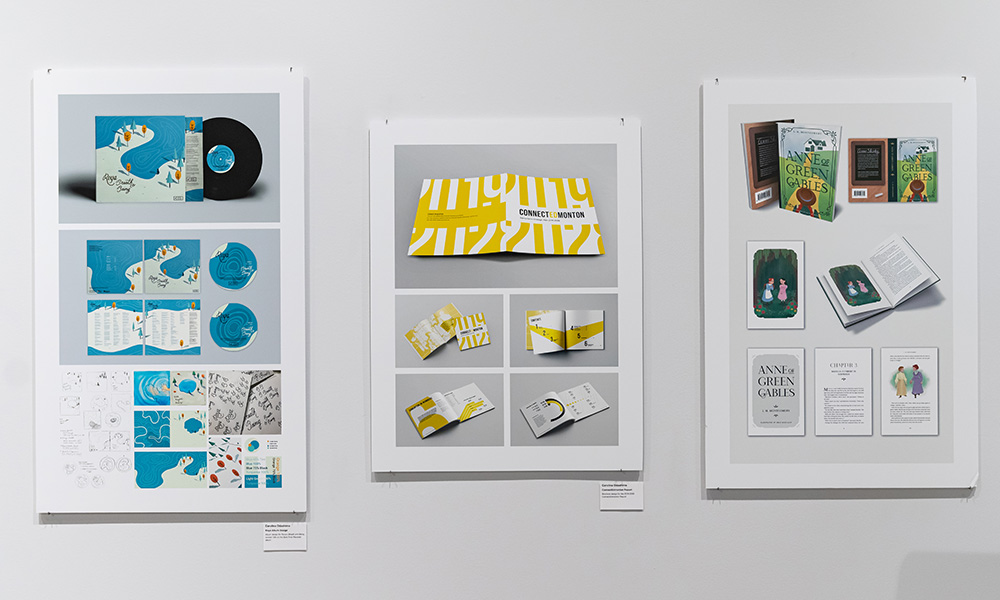 Learn more
Learn more
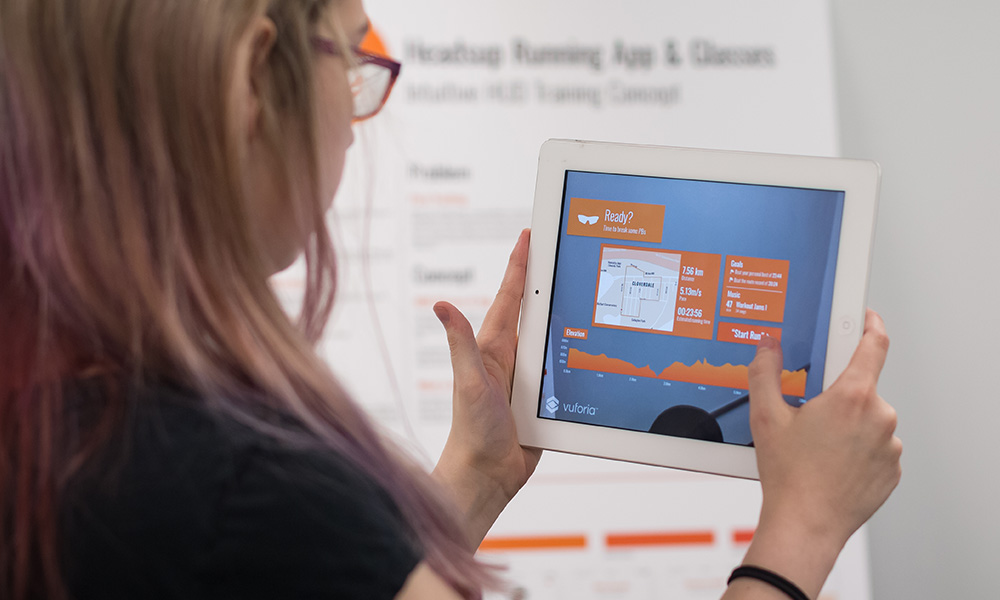 Learn more
Learn more
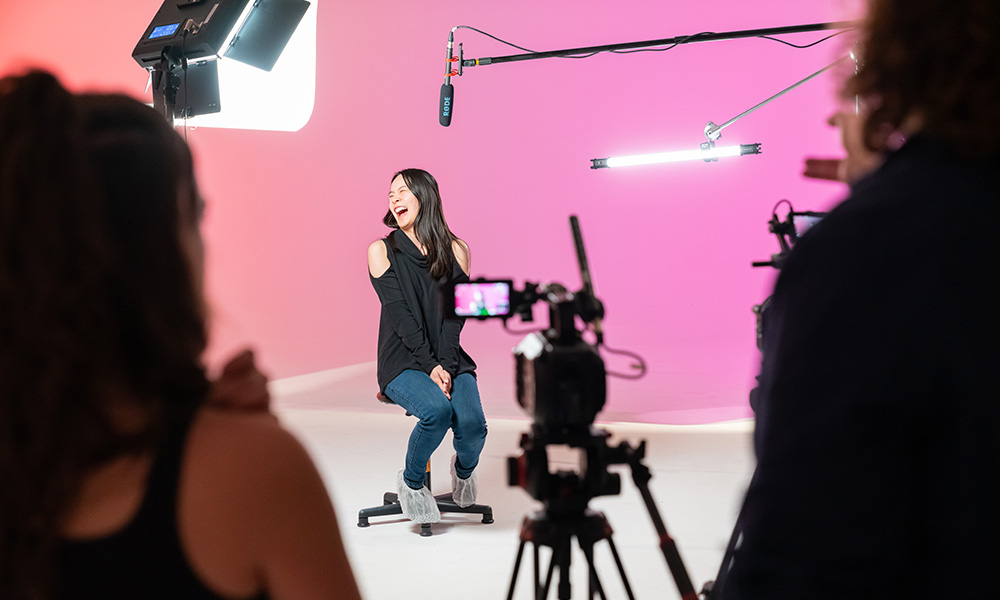 Learn more
Learn more
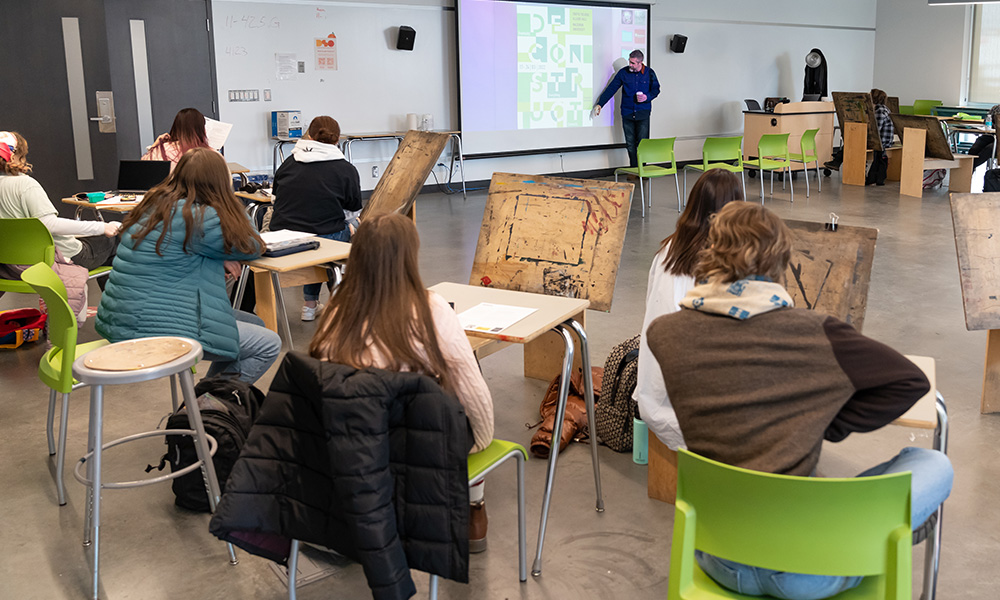 Learn more
Learn more
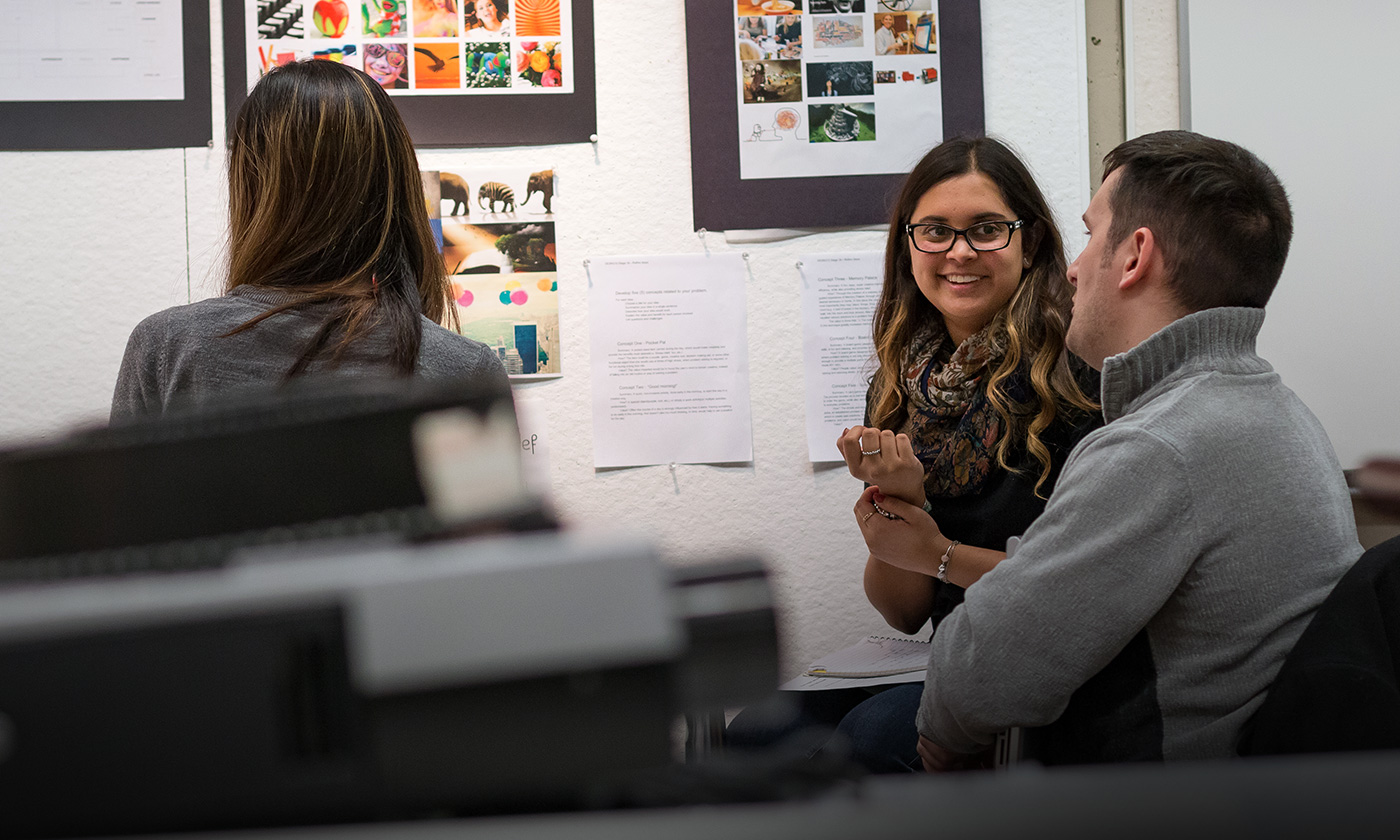
Your department, your community
On the department website, you can learn more about your instructors, check out student and faculty research and find details on events and activities organized by the Design Students Organization.
